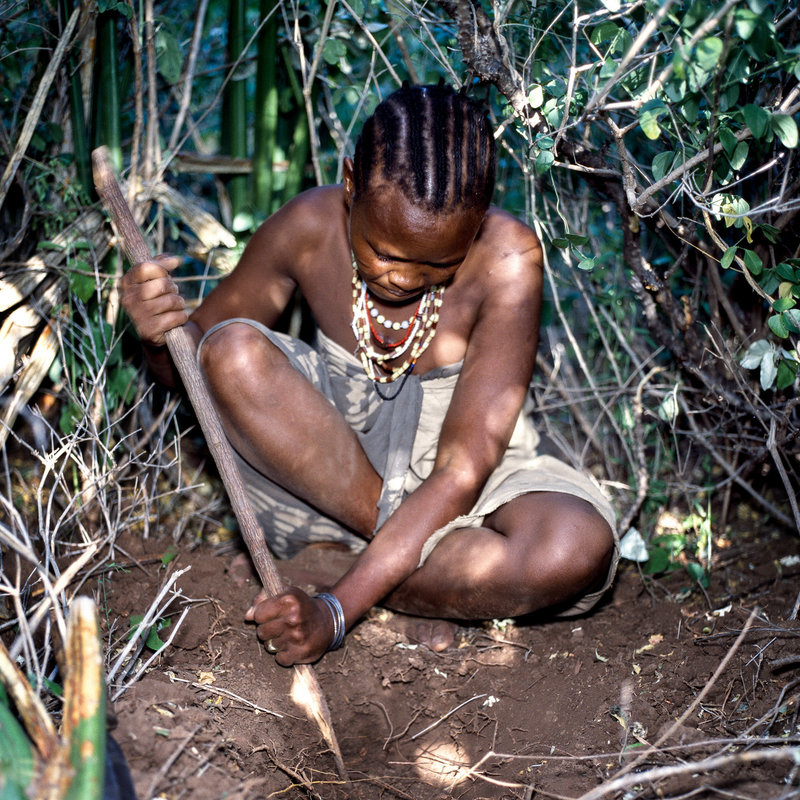☛ Human evolution and the role of our grandmothers
From the archives, this article from NPR sheds fascinating light on the role of our grandmothers in human evolution. For example, Dr. Kristen Hawkes at the University of Utah follows modern hunter-gatherer tribes to understand how our ancestors might have lived.
Over many extended field visits, Hawkes and her colleagues kept track of how much food a wide sample of Hadza community members were bringing home. She says that when they tracked the success rates of individual men, “they almost always failed to get a big animal.” They found that the average hunter went out pretty much every day and was successful on exactly 3.4 percent of those excursions. That meant that, in this society at least, the hunting hypothesis seemed way off the mark. If people here were depending on wild meat to survive, they would starve.
So if dad wasn’t bringing home the bacon, who was? After spending a lot of time with the women on their daily foraging trips, the researchers were surprised to discover that the women, both young and old, were providing the majority of calories to their families and group-mates.

A Hazda woman digs for tubers with a digging stick. (copyright NPR/Nigel Pavitt/Getty Images/AWL Images).
As we learn more, we are coming to realize that our strong relations with our grandparents is not just a weird (and lucky!) quirk of our evolution, but quite necessary to our anthropological journey to our present.
For starters, not all animals have ‘grandparents’, i.e. ‘elders’ living long past their reproductive age, in the first place. Humans (and other great apes), whales and elephants are a small minority of those with societal grandparents. Even among humans, having grandparents may be a more recent development than we think.
This NPR article provides a great perspective from several researchers. We were surely hunter gatherers in our evolutionary past, but it turns out that how our hunting and gathering occurred is way more complex than the men hunted and fed their families.
If you’re following Dr. Hawkes’ work, you might be interested in this podcast that she appeared on at The Insight.
∞